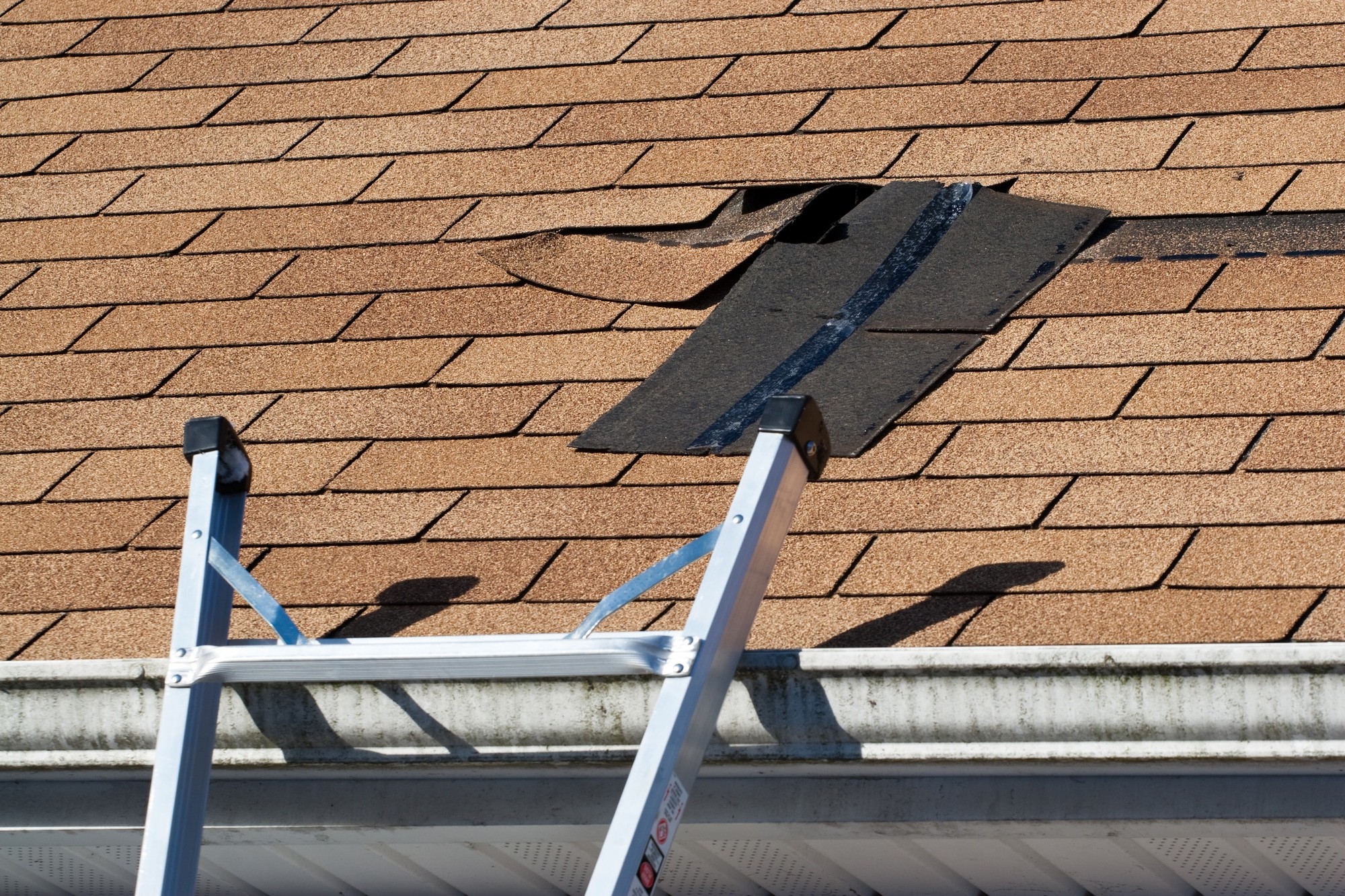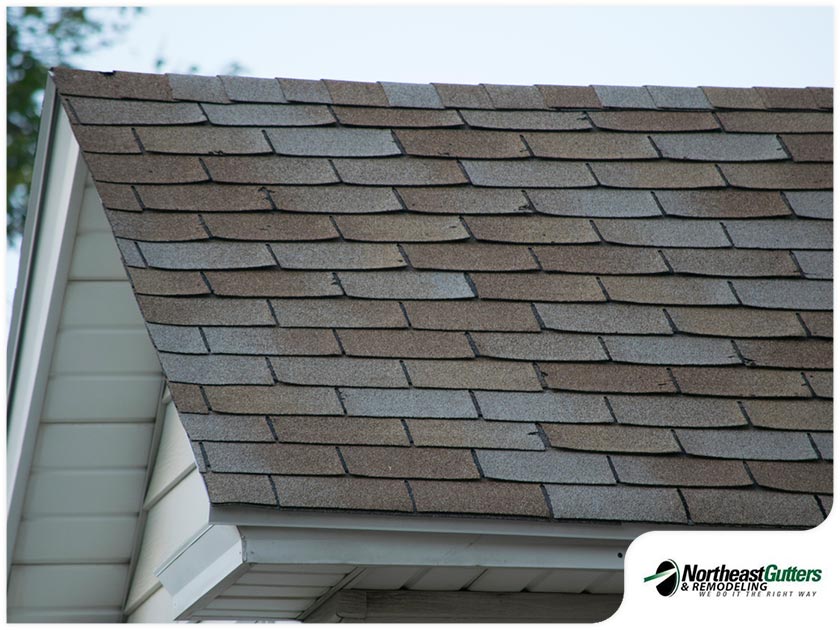Some Known Facts About Skylights.
Wiki Article
The 9-Minute Rule for Roof Storm Damage
Table of ContentsThe Definitive Guide to Roof RepairFascination About Roof InspectionThe Best Strategy To Use For GuttersAll about Roof Storm DamageThe Best Strategy To Use For Roof Storm Damage
Flashing is a thin layer of safety product, such as galvanized steel, copper, or aluminum that is mounted around joints, crevices, as well as vertical surface areas to avoid water from entering your residence by developing a smooth surface area that routes water downward. Unlike missing out on tiles, this is more than likely a concern that needs closer assessment.When you find the flashing on your roof covering a couple of usual indications to search for that may call for repair are: Corrosion or deterioration The visibility of ice dams Missing out on pieces Openings or splits Mold Discoloration Damages to the siding or shingles A smokeshaft is an upright structure designed to create a higher draft that gets rid of warm air, smoke, and gases from within your house.
Chimneys are composed of different components, yet instead than breaking down all the intricacies of just how a smokeshaft functions, we are mosting likely to concentrate on the areas that are more than likely to trigger a roofing system leak by explaining where these components lie and also what to search for. Smokeshaft Cap Found on the foremost component of your chimney, a smokeshaft cap prevents rainfall and snow from straight entering the opening of your smokeshaft.
How Roof Repair can Save You Time, Stress, and Money.
Concrete Crown The smokeshaft crown describes the sloped concrete at the top of your chimney as well as is designed to keep excess water from reaching as well as harming the mortar in the bricks. As fractures show up in the crown, water which gets in the cracks and freezes will trigger these splits to expand in time, bring about leakages and possible failures to your chimney system.Smokeshaft Shoulder Smokeshaft shoulders are the area of a chimney that transitions from a broad base to a narrower base as it rises. The slope of the chimney shoulder can prevent water from draining properly. Siding.
Please describe the flashing section of this blog for tips on identifying concerns with blinking. Vents that extend from your roof covering exist to permit gases from the inside of your house such as your bathroom and kitchen to get away outside. To stop leakages, vents are installed with air vent boots that develop a water resistant seal around the base of the vent.
Facts About Siding Revealed


To avoid condensation, it's an excellent concept to examine your attic's insulation along with your ventilation system. The primary feature of gutters is to bring water far from your home, however when your seamless gutters are blocked, consistent moisture present from the stagnant water that stays can cause rotting as well as at some point a roofing leakage.
Not known Details About Skylights
Excessive damage to the underlying materials can be cause for a complete roofing system replacement if not attended to, so this is not something you will certainly intend to disregard. If you observe: Tarnishing on Siding your exterior siding Sections of your rain gutters sagging Water overflowing during rainfall Pests, birds, and also various other bugs It's time to cleanse your rain gutters - Roof Replacement.As well as knowing the most usual sources of roof leaks and what to look for, some straightforward upkeep can extend the life of your roofing system and permit you to capture any kind of concerns before they turn into something a lot more major. While it is constantly recommended to hire an expert who recognizes the appropriate safety and security treatments, there are a few points you can do on your own if you really feel comfortable doing so, that can aid stop damage prior to it occurs.
(A minor mistake such as a lost nail can lead to severe damage if left ignored.) Roof covering is a very specialized career that leaves little room for error in relation to installation. Installers who lack training or pop-up roofing business that are particularly common after tornados will certainly do poor job that is frequently not obvious up until the expense is paid as well as the business is long gone.
Some Known Questions About Roof Inspection.
However, the ideal means to stop inappropriate setup is to do your research ahead of time to guarantee you are employing a reputable firm. Always ensure to request dependable references. The valley of your roofing refers to any kind of area where 2 airplanes satisfy to produce a reduced point.The break in the seal is frequently triggered by inappropriate installation, damages from foot website traffic, or erosion from the components. The most typical ways to determine a valley that is poorly sealed is to try to find wet areas along the joints or debris stack up. Ice dams are a build-up of ice that develops near the side of your roof.

Report this wiki page